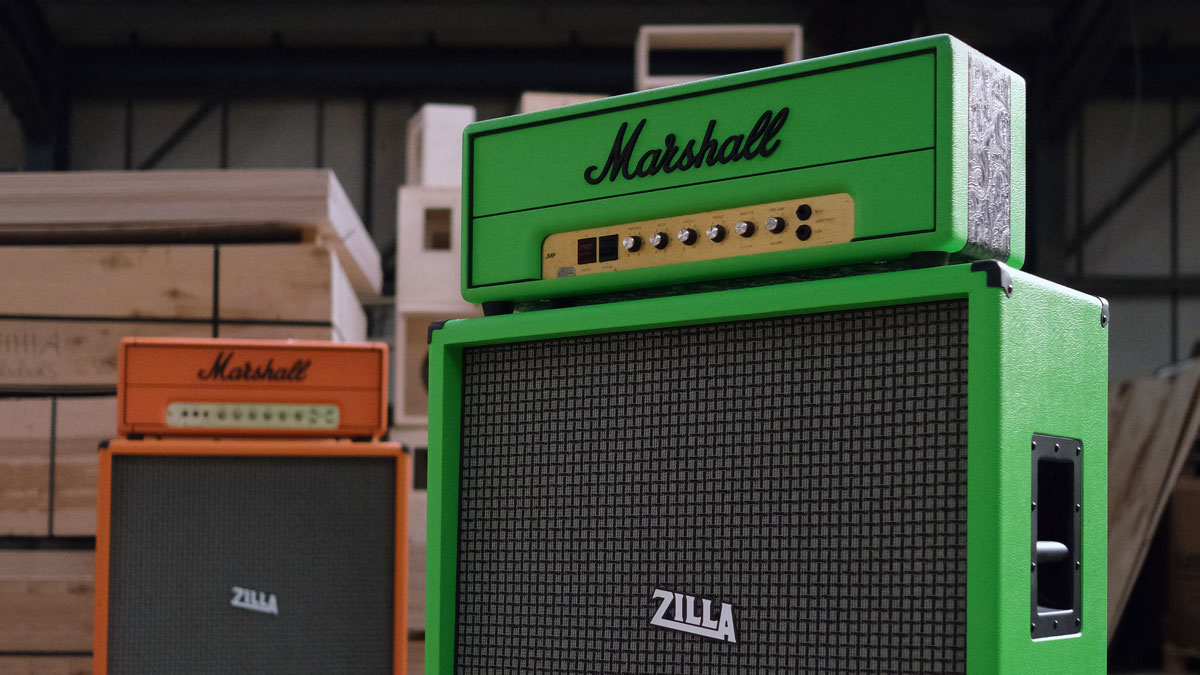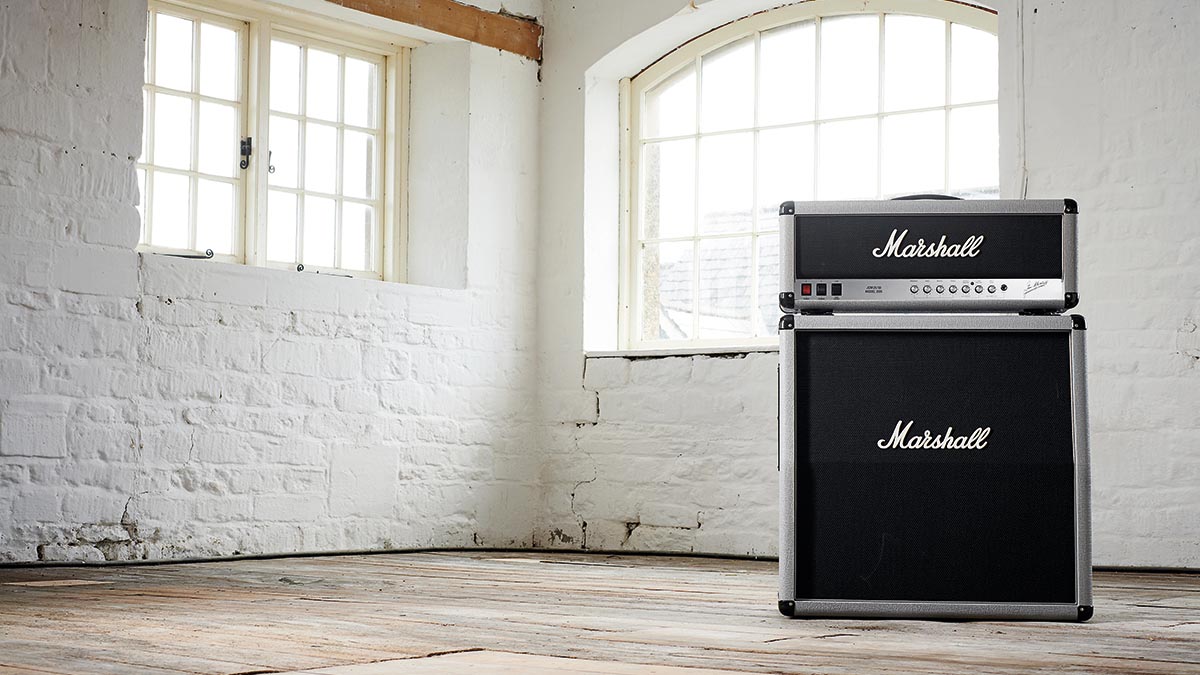
We’ve all seen big stages where drum kits are flanked by walls of cabs, full stacks lined up as if to create a musical Stonehenge where we can worship the gods of rock. But is there any point to a 4x12 in today’s musical world? Does it just look cool? Has its time been and gone?
By now, you should have noticed that the size and weight of equipment, especially guitar amps and guitar cabinets, has been decreasing, and although some compromises have been made along the way, it’s largely true that we’re getting great sounds in much more practical packages today.
I’ll hold my hands up now: my first cab was a white model 1984A Marshall 4x12. I used it with a Marshall JCM800 head (non-master volume) and although it was massively impractical, it sounded great and, at least in my mind, got me one step closer to my heroes in Iron Maiden, Guns N’ Roses and all-time greats like Jimi Hendrix. It wasn’t just arena rock bands, though.
I’ll never forget the first time I opened Blur’s 1997 self-titled album (featuring Song 2) and saw a picture of Graham Coxon sat next to two Marshall amp half-stacks. I thought that setup looked so beautifully elegant. The width to height and depth, along with the lines and profiled edges of these cabs, looked as powerful as it must have felt to be stood in front of them.

4x12s came to life in the early 60s when amp builders (in this case, Jim Marshall) needed to increase the power handling of their cabs due to the increasingly powerful amps of the day. The restriction of guitar speakers not advancing at an equal rate resulted in the use of larger speakers – and more of them.
The first 8x12s were reportedly built for Pete Townshend of The Who, and although they looked great (before getting smashed by a guitar), complaints from roadies resulted in a pair of 4x12s being used to split the weight. As a side note, if you think 4x12s are impractical now, notice on old photos how a lot of 4x12s had strap handles on top, rather than today’s panel/side handles. No wonder the 8x12s got the chop.
It’s clear that I find old Marshall 4x12s beautiful. But it’s the sound we should be talking about – and how they’re built is a large part of that
It’s clear that I find old Marshall 4x12s beautiful. But it’s the sound we should be talking about – and how they’re built is a large part of that. Nearly all 4x12s are closed back. While some of this is undoubtedly due to convention, the main reason is that closed backs generally give a more direct sound with more focus or control on the low-end (bass frequencies).
The increased ambience of open-back cabs is generally not as desirable in a live situation, or possibly something to sacrifice in favour of a bigger sound, at least not to the predominantly rock audience who use 4x12s. This, along with the increased movement of air from four speakers, holds a certain weight to the sound that’s hard to replicate in smaller cabs with fewer speakers. It is possible to come close, but to truly replicate a quality 4x12 involves some snake oil.

How we hear 4x12s is a little different, too. It’s not hard to find conversations online about an uneven spread of sound and encountering phasing issues in 4x12s – the top speakers in an angled 4x12 will sound more aggressive than the bottom two. But for most of us, it’s unlikely that we’d notice these issues in a real-world situation. After all, if you’ve taken a 4x12 to a gig, you’re probably ready to rock.
I believe that the physical size, large depth and internal pressures created in a 4x12 make for a great-sounding cab. True, these are all features that in turn make them impractical for a lot of guitarists, but if you can put up with the weight and awkward shape, I find the movement of air and fullness of sound are a great return.
Of course, a great player will sound good on nearly any piece of kit, and combos and open-back cabs sound awesome in many situations. Plus, not everyone needs or even wants the qualities that I have described as admirable here. But, for me, there are few pieces of equipment that can put a smile on my face more quickly than a quality 4x12.







